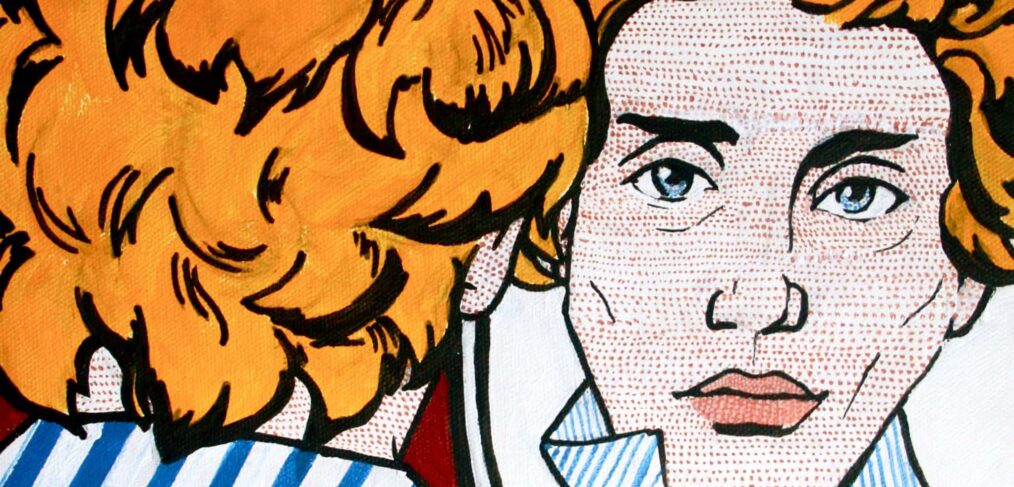
Ethic or aesthetic? The designers choice
(Italian Translation) Just a few months ago the admissions to the new design courses opened all over the world. Future designers are going to decide where to study, in which field to get specialized, and what kind of courses to take. Is this all? No, finally there is another, maybe inescapable choice to be taken by the students. The roots of this choice can be found in the past. In XIX century Denmark, the precursor of existentialism, Kierkegaard, brought attention to the fundamental choice between the two stages of existence: the ethic and the aesthetic one. Inside his imaginative opera : “Either/or” he claims:
“The aesthetical, we said, is that in a person by which he spontaneously and immediately is what he is; the ethical is that by which he becomes what he becomes.”
Summarizing, the ethical man chooses to live for the realization of his own self whereas the aesthetic man’s life is consumed in the pursuit of infinity. According to Kierkegaard, mankind has a compulsory either/or status and is forced to chose: to become a ethic or a aesthetic man- “this is the dilemma.”
Isn’t this life choice easily equatable with the conditions of the future designers? After all, we can apply the ethic and aesthetic categories to the design field so that we can easily pass through the two stage of existence to two possible design methods.Often designers have to choose how to perceive design – as a functionality research or as a way to seek and take pleasure in perceptions and beauty.
Let’s try to understand more in detail how some of a philosopher’s abstractions might be helpful for the future generation of designers:
• From the aesthetic man to the “aesthetic designer”
The aesthetic designer is an experimenter. Through specific materials, (patterns and unique contrasts he uses in his creations) he wants to amaze, to astonish. In his designs shape, pleasure and beauty prevail on the rest even at the cost of creating objects incapable to fulfill their function but they answer to extraordinary standards of beauty. His creations are based on talent, passions, perceptions and on moments. He does not honor coherence, he focuses his design attention instead on research, trends and maybe technologies.
• From the ethic man to the “ethic designer”
The ethic designer is a coherent designer whose methodological staring point for each project is function. He does not leave any detail to chance. He focuses on the design coherence linked to the final goal but without neglecting shapes. His rationality and his pragmatism prevail on experimentation (useless and unnecessary shapes) and he prefer perseverance to instants while creating his rational objects. An example can be a social oriented designer whose interest is to share his values through his object/projects and to produce practical changes.
• Aesthetic excludes ethic but not its contrary
It seams that these approaches are two opposite poles but we must point out that the ethic one does not exclude the aesthetic one but the aesthetic does exclude the ethic one.
As evidence of this we can mention Van De Velde, one of the Bauhaus founders, who used to be one of the first designers arguing in favor of functionalism, even though he did not neglect experimentations of shapes. His objects should declare their function and persuade users to carry it out.
On the other hand, excluding rationality and functionality, the manifesto of Alessandro’s Guerriero studio Alchimia, claimed these words:
“For the Alchimia group the act itself of “drawing” is what counts today[…]As a group which produces drawings Alchimia interprets its task to be that of furnishing others with a proof of “sentimental thought”. The motivation of the work lies not in its practical efficiency, the “beauty” of the object is in the love and magic with which it is suggested in its soul.”
Two distant historical ages – the early years of XX century and the art nouveau on one side and the 70s and the post modern on the other but a suitable example of these two approaches.
• Where do you stand?
In which direction will the future designer go? Can design exclude the inescapable choice or does it absorb it? Is it possible to escape this choice? Kierkegaard says it is not: ” My friend, what I have said to you so often I say once more, or rather I shout t to you: either/or; aut/aut!”.
TAKE HEART AND CHOOSE!
Author: Agnese Laguzzi







